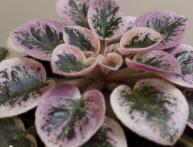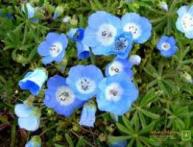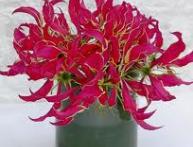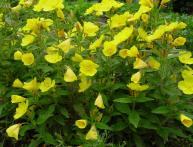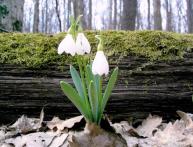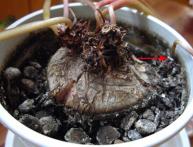Irises
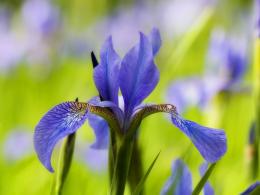
Irises They will decorate any garden; they have many varieties, types and colors. Depending on the purpose, you can buy dwarf, tall, border, bearded irises of any color. Just as there are many different irises, the names of irises are bright, and sometimes pompous, for example: Princess Caroline of Monaco, however, it can simply be called “iris of Monaco”. But usually irises are called briefly: Siberian iris, milky white iris, xiphoid iris, etc.
Garden irises can be divided into:
- beardless;
- bearded;
- comb;
- bulbous.
It is better to plant irises in a place exposed to the sun. or where there is light shade from trees or so that at least the sun illuminates the plants in the first half of the day. Neutral, dry soil is suitable for irises; they do not bloom in acidic soil, but grow well, but do not do well in high soil moisture.
The area for irises needs to be cleared of weeds and dug up; you can add fertilizer, but not manure. It is necessary to plant the iris rhizome carefully; a rhizome that is too deep will develop poorly, but planting it too high is not suitable for the iris. The rhizome should be near the surface, and the roots of the irises should be spread out at the planting site so that they hold the plant. After planting, the plant needs to be watered well.
It is necessary to feed irises only with mineral fertilizers three times a season, in spring, during budding and after flowering. It is necessary to carry out surface weeding and remove weeds; watering should only be done during planting and in severe drought.
It is better to replant the plant immediately after flowering.so that it takes root well.It is necessary to divide at the same time as the transplant, and the rhizome should be broken so that each part has a green feather, that is, a leaf. Then the leaf is cut in half, the roots are reduced by a third, the rhizome is dried, and the scrap is treated with a mixture of crushed coal and sulfur and the iris is planted in a permanent place.

